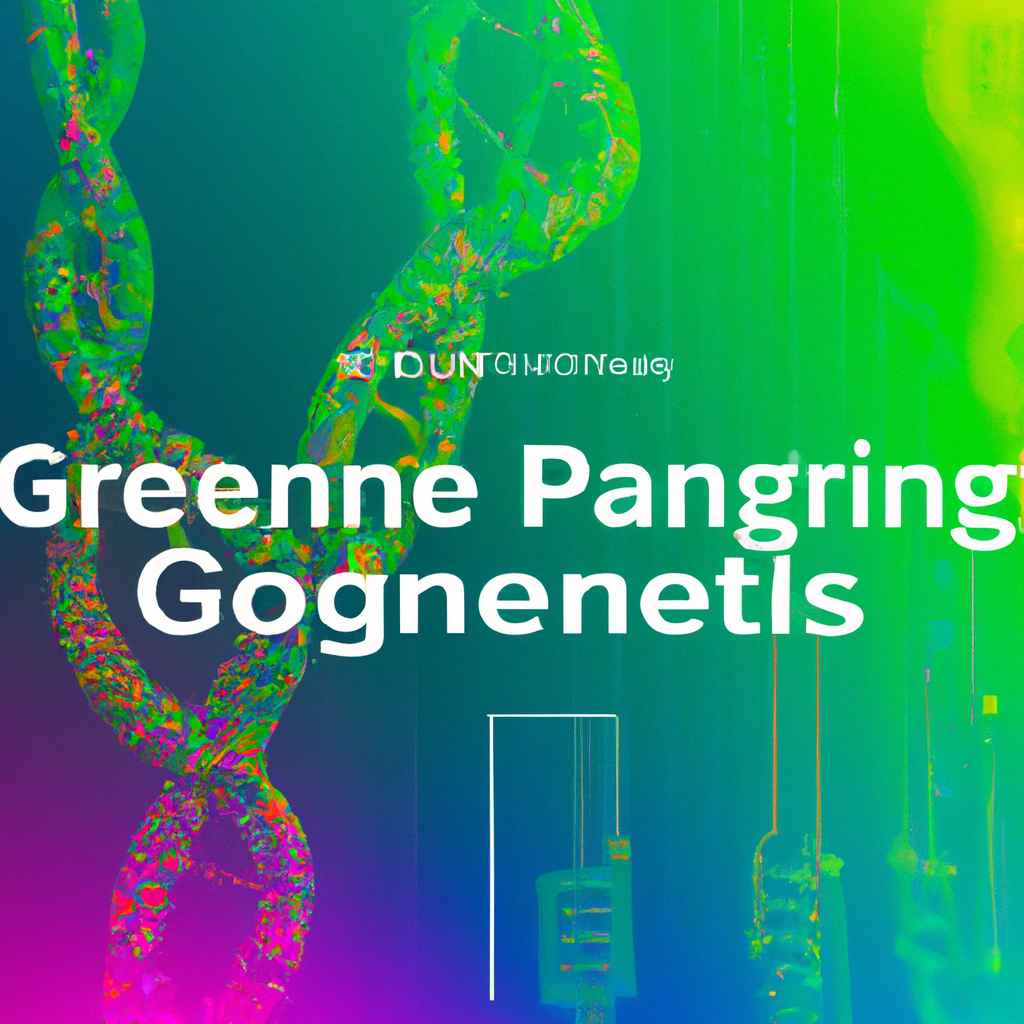Exploring the Applications of Genetic Programming in Machine Learning
Table of Contents
Exploring the Applications of Genetic Programming in Machine Learning
# Introduction
Machine learning has emerged as a powerful tool in solving complex problems and making predictions based on large datasets. Traditionally, machine learning algorithms were designed by human experts who would carefully craft the rules and parameters based on their domain knowledge. However, this process can be time-consuming and may not always result in the most optimal solution. Genetic programming, a subfield of evolutionary computation, offers an alternative approach where the machine learning algorithms can evolve and adapt on their own, mimicking the process of natural selection. In this article, we will explore the applications of genetic programming in machine learning and discuss its advantages and challenges.
# Genetic Programming: An Overview
Genetic programming (GP) is a machine learning technique that uses the principles of evolution to automatically derive computer programs that solve a given problem. It is based on the concept of a population of individuals, where each individual represents a potential solution to the problem at hand. The individuals are encoded as computer programs, typically in the form of a tree structure, and their fitness is evaluated based on how well they solve the problem.
The process of genetic programming involves several steps. Initially, a random population of individuals is generated, each representing a potential program solution. These individuals undergo a series of evolutionary operations, such as selection, crossover, and mutation, inspired by the mechanisms of natural evolution. The fittest individuals are selected for reproduction, and their genetic material is combined through crossover, creating offspring with a combination of traits from their parents. Mutation introduces random changes in the offspring’s genetic material, ensuring diversity in the population. The process continues for multiple generations, allowing the population to evolve and improve over time.
# Applications of Genetic Programming in Machine Learning
Genetic programming has found applications in various domains of machine learning, including classification, regression, feature selection, and data preprocessing. One of the key advantages of genetic programming is its ability to automatically discover complex relationships and interactions within the data, without the need for prior domain knowledge. Let’s explore some specific applications of genetic programming in machine learning:
Symbolic Regression: Genetic programming can be used to discover mathematical expressions that fit a given dataset. This is particularly useful in scenarios where the underlying relationship between the input variables and the output is unknown or non-linear. By evolving a population of programs, genetic programming can find the most suitable mathematical expression that accurately models the data.
Feature Selection: Genetic programming can be employed to automatically select the most relevant features from a large pool of input variables. Feature selection is crucial in reducing dimensionality and removing irrelevant or redundant features, leading to improved model performance and interpretability. Genetic programming can explore different combinations of features and select the subset that maximizes the predictive accuracy.
Classification and Regression: Genetic programming can be applied to solve classification and regression problems by evolving programs that can predict the target variable based on the input features. The evolved programs can represent decision trees, mathematical expressions, or even complex models that combine multiple algorithms. Genetic programming has shown promising results in various domains such as finance, bioinformatics, and image classification.
Neural Network Architecture: Genetic programming can be used to automatically design and optimize neural network architectures. Neural networks are known for their ability to learn complex patterns, but their architecture, including the number of layers and neurons, is often determined through trial and error. Genetic programming can evolve neural network structures that are tailored to the specific problem, leading to improved performance and scalability.
# Advantages of Genetic Programming in Machine Learning
Automation: Genetic programming automates the process of designing machine learning algorithms, reducing the need for manual intervention. This allows researchers and practitioners to focus on higher-level tasks such as problem formulation and result interpretation.
Adaptability: Genetic programming can adapt and evolve the algorithms based on the changing problem requirements or data characteristics. This flexibility makes genetic programming suitable for dynamic environments where the optimal solution may change over time.
Exploration of Complex Solutions: Genetic programming has the ability to explore a wide range of potential solutions, including complex and non-linear relationships. This makes it particularly suitable for problems where the underlying mechanisms are not well understood or cannot be easily represented using traditional algorithms.
# Challenges and Limitations of Genetic Programming
Computational Complexity: Genetic programming involves evaluating a large number of candidate solutions, which can be computationally expensive, especially for problems with a high-dimensional search space or large datasets. Efficient algorithms and parallel computing techniques are often required to overcome this challenge.
Interpretability: Genetic programming can evolve complex programs that are difficult to interpret and understand. This lack of interpretability can hinder the adoption of genetic programming in domains where explainability and transparency are crucial.
Overfitting: Genetic programming, like other machine learning techniques, is susceptible to overfitting, where the model performs well on the training data but fails to generalize to unseen data. Careful regularization techniques and validation procedures are necessary to address this issue.
# Conclusion
Genetic programming offers a powerful approach to machine learning by automating the design and optimization of algorithms. Its ability to adapt, explore complex solutions, and discover patterns without prior domain knowledge makes it a valuable tool in various domains. However, challenges such as computational complexity, interpretability, and overfitting need to be addressed for broader adoption. As researchers continue to explore and refine genetic programming techniques, it is expected to play an increasingly important role in the field of machine learning, enabling the development of more efficient and effective algorithms.
# Conclusion
That its folks! Thank you for following up until here, and if you have any question or just want to chat, send me a message on GitHub of this project or an email. Am I doing it right?
https://github.com/lbenicio.github.io

